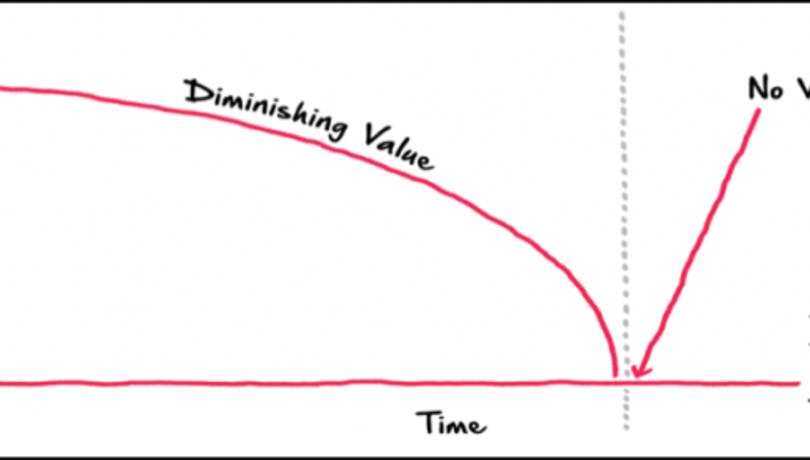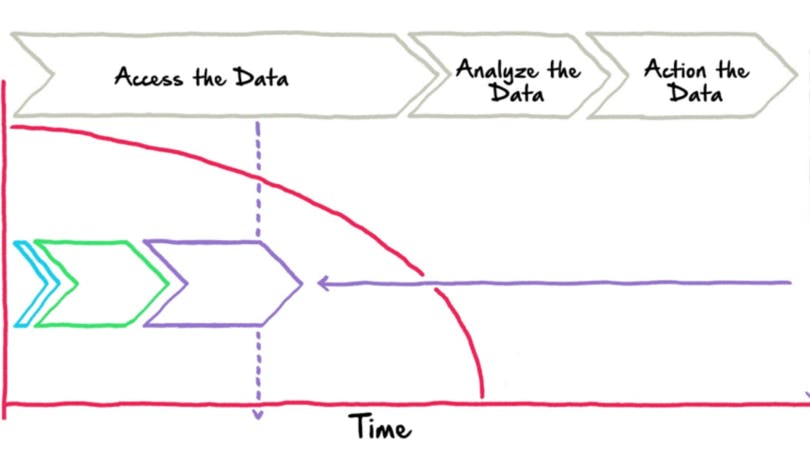Building custom audiences in a world gone madtech
Learn how to build custom audiences effectively and efficiently.

As we near the fifth anniversary of the launch of Custom Audiences — Facebook’s product enabling brands to target people based off their email addresses with specific ad messages — the rationale behind it hasn’t changed, while pretty much everything else has. The stakes are higher, the payoffs greater, and the operational complexity of getting it right more daunting than ever.
As TechCrunch noted in 2012, Custom Audiences can be used for marketing purposes ranging from acquisition (sending a “buy a new SUV” ad to people who bought one 5 years ago, as well as people like them) and upsell (selling premium services to existing clients), to increasing targeted reach (by advertising to people who haven’t been opening your emails) and boosting media efficiency (by creating suppression lists of people who’ve already bought a particular product, so as not to waste ad spend). These use cases ring true as ever.
Here’s some of what’s changed:
- With the majority of digital time now being spent on mobile, and the majority of that within apps, persistent identifiers, like email addresses and device ID, have replaced cookies as the determining factor for whom gets shown which ad.
- Personalized messages have become the norm, as mobile consumers have come to expect hyper-efficient, contextual communications while on these devices.
- There are more custom audience-like options to choose from thanks to Twitter’s Tailored Audiences, Google’s Customer Match, Pinterest’s customer list targeting, and many more.
- The Marketing Clouds like Salesforce, Adobe and Oracle have made big bets in the space, along with direct-marketing list brokers and agencies.
When it comes to running campaigns that combine the scale of digital advertising with the precision and accountability of traditional CRM, there’s no shortage of supply and demand. The problem is, there’s also a lot more complexity. Like many things, the complexity is fixable, but those fixes have historically involved a considerable investment of time and money — with time being the primary hindrance to success, even more so than money.
Timing is everything
Whether you’re retargeting an abandoned digital shopping cart or sending someone an upsell message, it’s widely understood that customer data that’s been sitting for too long unattended goes stale. (In fact, a distinguished direct marketer once told me the highest-yielding ROI tactic he’d ever implemented was removing dead people from his company’s mailing list!)
Conversely, while not universally true, it’s very often the case that, the sooner you’re able to act on customer data, the better.
If you’re an SMB that’s simply concerned with syncing your Mailchimp list with a Facebook account, data latency may not be much of an issue for you. However, if you’re a large enterprise marketer you likely have a lot more data sources than just Mailchimp, and a lot more channels than just Facebook. In terms of inputs, you may also want to leverage data from your mobile apps, your web site, your customer support system, your ecommerce platform, or some combination of all of the above.
In this context, the process of providing your various adtech or martech executional platforms with a targeted audience list is extremely time-consuming, at best going something like this:
- You the marketer defines a custom audience, such as, “users who have downloaded my app but never made a purchase.”
- You then ask a database engineer to translate the segment into a query.
- The engineer uses that query to pull out matching records from a data warehouse, which are saved as a flat file.
- You or your agency then uploads the file to each applicable execution platform.
The bottleneck, of course, is the dreaded engineering queue. As a marketer, your request is not always at the top of the queue, which can be days or even weeks long. Meanwhile, during the time it’s taken to pull and upload the data, some people on your list may have taken an action that would exclude them from the segment you were intending to place them into (or worse, as in the case of my direct marketer friend’s list, died!).

Target audience data has diminishing value to marketers over time.
Of course, marketers need to be able to continually refresh their data, so that campaigns sit in the high-value-yielding section of the curve as much as possible. Out-of-date segments result in delivering messages to people who should not be targets, and missing people who should. They’re a waste of marketing dollars and an annoyance to consumers.
The mParticle solution
mParticle’s Audience Builder allows you to shift to a higher value part of the time-value curve, unlocking opportunities far and beyond what was ever possible with legacy methods of doing approximately the same thing.

Shrinking time-to-action can significantly add value to data-driven marketing programs.
Now, rather than having to beg for a technical resource’s time, non-technical marketers can simply jump into the UI and define a segment with just a few clicks. The segments are refreshed constantly, in real-time, and kept in sync with your accounts across all your various adtech and martech partners. See the directory here for a complete list.
The time value of moving faster is easily measurable in two ways.
- First, there’s the lift you get from feeding your targeted campaigns with more recent and relevant data.
- Second, there’s the value of targeted campaigns that would never have been possible but for having a platform-based approach to audience creation.
The second point is really the key here. For example, we have some customers running 100’s of custom-audience campaigns at any given time, refreshing their memberships continuously. Just try doing that without a data platform!
What’s more, by syncing your data across adtech and martech, you’re able to join up customer experiences across the entire journey beyond any one channel. Orchestrated messaging across advertising and marketing channels has been proven yield better results than doing either one in solution. For example, according to one study commissioned by Facebook and Salesforce, a customer that coordinated its Facebook advertising with email increased reach 77% and saw a 22% increase in purchase intent for customers exposed to messages in both email and ads.
You can also create a way better customer experience using a solution like mParticle’s than you could otherwise. For example, say you wanted to target abandoned shopping carts and the marketer planned to reach that segment through a combination of tactics: an Oracle-powered email, a Twitter ad, and an Appboy-powered mobile push notification. If the first-touch is successful, then the second and third will be a waste…and a nuisance. With one unified “madtech” data platform you can instruct every applicable system, in real-time, to stop messaging people as soon as they exit the segment, all without needing to have a pal in engineering constantly pulling and updating customer lists across systems.
To learn more about how mParticle’s customer data platform can help you simplify operations and improve outcomes across all your company’s digital channels, contact us
Latest from mParticle
Try out mParticle
See how leading multi-channel consumer brands solve E2E customer data challenges with a real-time customer data platform.
Startups can now receive up to one year of complimentary access to mParticle. Receive access



